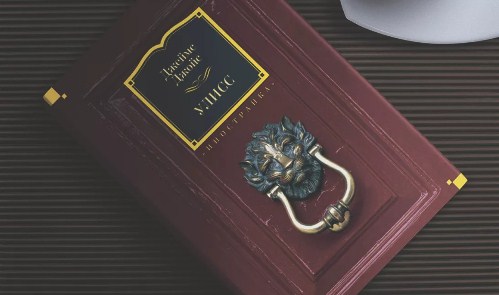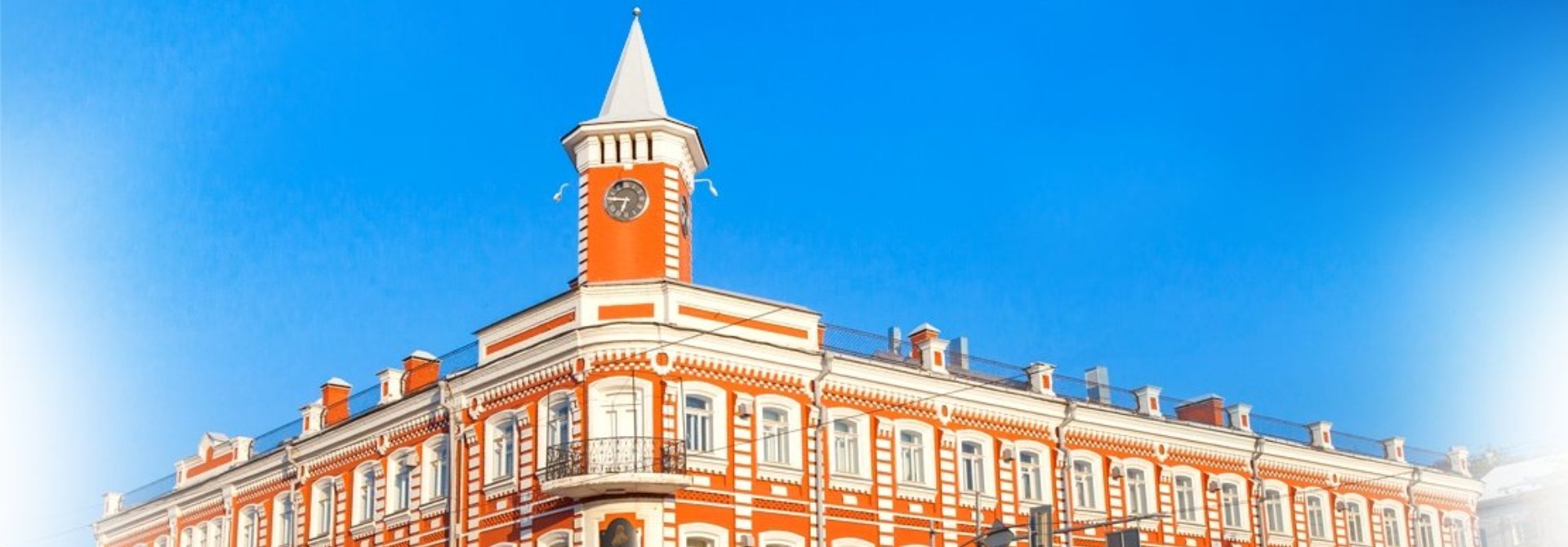
Polina Nikolaeva, a young poet and press secretary of the UNESCO City of Literature program Ulyanovsk, is ready to tell you again about one of the books from the UNESCO Cities shelf. Today we will talk about one of the most controversial works in world literature, about "Ulysses"!
James Joyce: biography
James Joyce is an Irish writer and poet of the modern era. James was born in Rathgar, a Georgian house district in south Dublin, to a large family of John Stanislas Joyce and Mary Jane Murray. Unsuccessful business management almost ruined his father, who was forced to repeatedly change his profession. The family moved several times from one area of Dublin to another. James managed to get a good education, but the poverty and disorder of life in his youth remained forever in his memory, which was partly reflected in his works. Joyce himself often drew biographical analogies with the protagonist of some of his works and one of the main characters in the novels A Portrait of the Artist as a Young Man and Ulysses, Stephen Daedalus.
At the age of 6, Joyce entered Clongowes Woods Jesuit College in Klein, and then, in 1893, Belvedere College Dublin, graduating in 1897. A year later, James entered the University of Dublin, graduating in 1902.
In 1900, the Dublin newspaper The Fortnightly Review published James Joyce's first publication, an essay on Ibsen's play When We Dead Awake. At the same time, Joyce began to write lyric poems. Since 1916, he has been published in the American literary magazine Little Review, founded by Jane Heap and Margaret Anderson.
At the age of 20, Joyce left for Paris. This was his first trip to the continent, where, due to financial problems, he, like his father, often changed professions. He worked as a journalist, teacher, etc. A year after he arrived in France, Joyce received a telegram that his mother was in serious condition and returned to Ireland. After the death of his mother in 1904, Joyce again left his homeland, this time with the maid Nora Barnacle, whom he later married 27 years later. On July 26, 1907, their daughter Lucia Joyce was born.
The most controversial novel in world literature - "Ulysses"
No matter how much you ask friends and acquaintances, the reactions to James Joyce's novel "Ulysses" will be very diverse: from admiring reviews to harsh criticism. In one of the songs of the Russian singer Diana Arbenina there is even a line “I don’t love Ulysses”, just about this work. However, let's not be so categorical and admit that absolutely any book can be both loved and not felt any sympathy for it. The reason for the latter may be a misunderstanding of aesthetics, and the content of the work. We are sure that such conflicting reviews about the work should only stir up interest in the book.
Well, let's figure it out together!
Ulysses is the most famous novel by James Joyce. The novel was created over 7 years, published in parts in the American magazine The Little Review from 1918 to 1920, and was published in full in France on February 2, 1922. In the homeland of the writer, the novel was first published in 1939. Work on his main novel, Ulysses, went on from 1914 to 1921, when Joyce lived in Trieste and Zurich.
"Ulysses" is a variant of the name "Odysseus", the very title of the novel indicates the intention of Joyce. He made the rarest attempt in modern literature to create an epic like Homer's Odyssey. Homer, Dante, Shakespeare - these are his models, this is who he enters into creative competition with, but, of course, only the genre that dominates modern literature - the novel - can be a modern epic. All three main characters of the novel are based on the characters of the Odyssey myth. Joyce considered the Odyssey archetype to be the most “rounded” image of all world literature. In fact, Odysseus is the first of the ancient heroes, whose weapons were not only physical strength, but intelligence, cunning, various skills. Homer's Odysseus is shown in all the life roles that can befall a man: he is a son, husband, lover, father, leader and beggar, diplomat and braggart. That is, the fullness of life experience is concentrated in the Odyssey. Joyce creates such a "universal man" in the image of the protagonist of the novel - the Irish Jew Leopold Bloom. Bloom's wife Marion, or Molly, is a modern-day Penelope, and the young hero of the novel, Stephen Dedalus, who is closest to the author, is a parallel to Odysseus' son Telemachus. The action of the novel takes one day - June 16, 1904. Thus Joyce immortalized the day he met his future wife. Every action, every thought and feeling of all three main characters from the moment they wake up until they go to bed is told in the most detailed way.
The day of the advertising agent Leopold Bloom is filled with everyday bustle, his wife Molly, a concert singer, on this day has a date with her impresario lover, Stephen Dedalus, a scientist and poet who rebels against his Jesuit upbringing, but retains a penchant for metaphysics, gives lessons in the morning in school, then visits the library and ends the day in a tavern, where he meets Bloom. He brings him home, where they continue their conversation, and Molly is sleeping in the bedroom on the second floor. Bloom is the central figure in the book, Molly and Stephen are side characters. The book starts with Stephen and ends with Marion. Joyce's intention in Ulysses is "to see everything in everything." One ordinary day turns into an epic story about the history of the oldest of European capitals - Dublin, about two races, Irish and Jewish, and at the same time into an image of the entire history of mankind, into a kind of encyclopedia of human knowledge and into an abstract of the history of English literature. Joyce preserves the realistic certainty of time and space only on the surface of the narrative. Since the main action is played out in the minds of the characters, time and space in the novel acquire a universal character: everything happens simultaneously and everything penetrates each other. This is what Joyce needs a myth for – in the myth, modernists find a foothold, a way to resist a torn, fragmented modernity. The myth as a receptacle of the universal properties of human nature gives integrity to the novel. Thanks to the "stream of consciousness" the reader knows not only more about Joyce's heroes than about any other heroes of world literature, but knows them more intimately, more directly. The "stream of consciousness" allows you to capture not only the conscious thoughts of the character, articulated in the word. Joyce reaches a new level of psychological authenticity when he shows interruptions in the work of human thought, its associativity, and the role of external impressions. In the morning, while the consciousness of his heroes is not yet loaded with impressions accumulating during the day, they think quite clearly, in complete sentences, relatively logically. As their day unfolds, the mind becomes more and more tired, there is less formal logic in it and more and more individual, bizarre moves. Joyce's style is very simple - simple, not too long sentences, fairly simple vocabulary, but at the same time, in the "stream of consciousness" there is a rejection of the principle of logical unfolding of the text.
How do you feel about Ulysses? Share your impressions in the comments!




